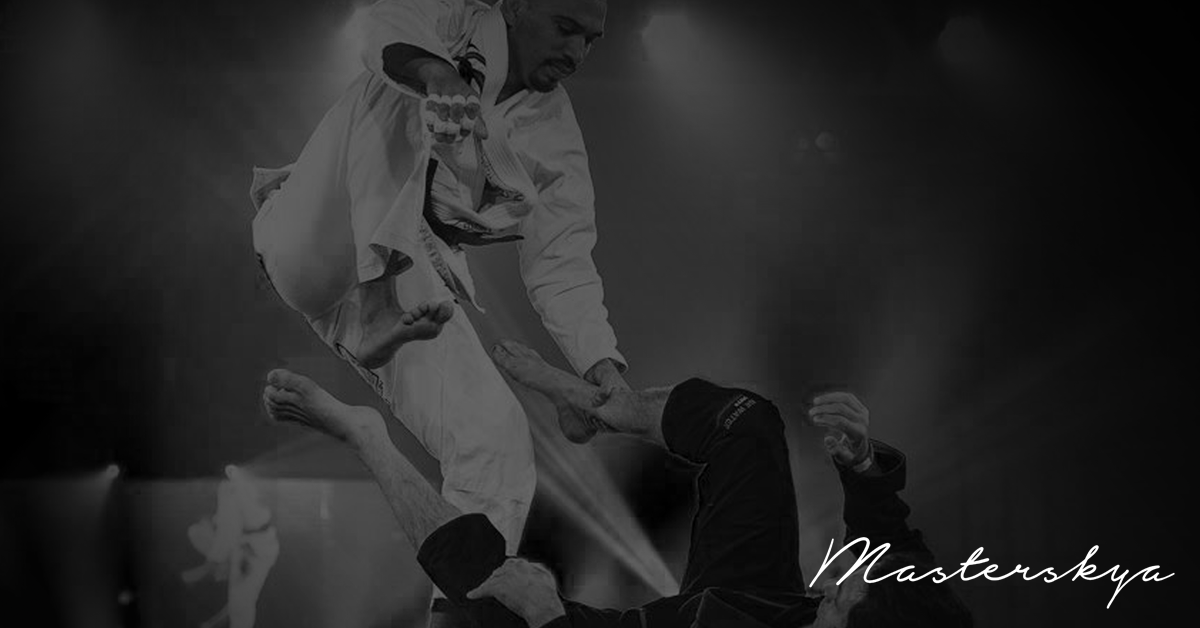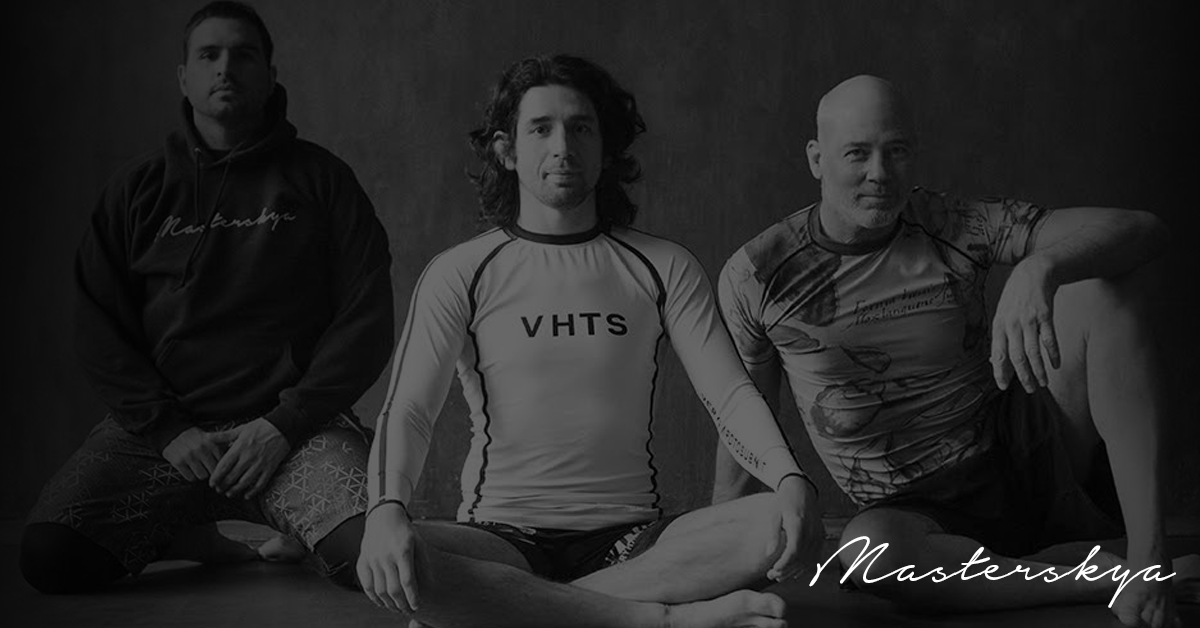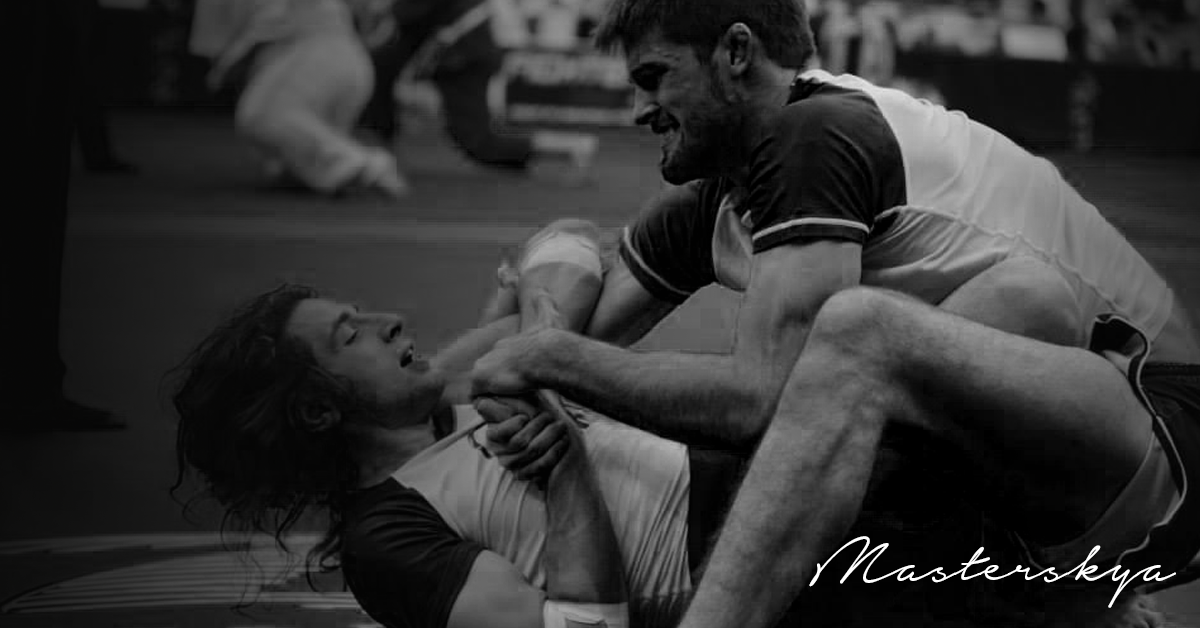This article was written by Tom Corrie. It is a great article that grapplers at every age and stage can benefit from. The “old school” mentality has been to go as hard as possible for as long as possible, but as we evolve in techniques we also evolve in how we take care of our bodies for longevity.

Please enjoy this article below!
Delayed Onset Muscle Soreness (DOMS) and the Older GrapplerMost folks with an athletic background have experienced DOMS at some point in their lives. The condition usually makes its presence known between 12 and 48 hours after intense physical activity. A person suffering from DOMS usually experiences very sore muscles, and feels very lethargic. Often their coordination is somewhat off, and even their balance can be affected.
I first became familiar with the condition in college after having played on offense, defense and special teams during football games. In essence, I played the whole game, unless we were far ahead of our opponents, at which time our replacements would play in our stead. Normally, the games would be played on Saturdays, and by Sunday afternoon DOMS would come knocking on my door. Come Monday afternoons when the coaches were enthusiastic to prepare for the next game, I often would be operating at about 70% of capacity, needing another day to recuperate. A few Mondays, I just didn’t make it to practice, instinctively knowing that my body needed the extra time to recuperate.
Over the years, I’ve experience DOMS at different points in my athletic career, but never as severely as I have since I started my BJJ journey at age 65. Just as most participants, the initial months of my BJJ training often found me waking up in the mornings, attempting to stand up, and finding that my preferred method of mobility was more horizontal in nature rather than vertical; sliding out of bed and working gradually up to a stooped standing position by degrees as opposed to all at once.
As my training progressed, I focused on doing research on DOMS to try to learn more about its cause and any appropriate therapies that might exist to help alleviate it, or to at least lessen its effects. Certainly, I knew that rest would ultimately win the day, and allow me to comfortably resume my training, but like most of us, I didn’t want to miss the BJJ time.
DOMS affects both our on-mat and off-mat training. As a result, I looked to different forms of athletic training and medical studies with regard to various sports during my research. After several years, using myself as a test subject, I’ve come to several conclusions. Perhaps you will find them useful with respect to your training.
1) The effects of DOMS get worse as you age. Now, at the age of 73, I find that once DOMS hits me, it can significantly restrict my training. While it was a problem when I was younger, I often could push through it.
2) Training hard two days in a row (on mat or off mat) is asking for trouble. I am not suggesting that training be avoided altogether the second day, merely restricted in intensity. While an older grappler may be able to pull off a couple of days of high intensity training once in a while, sooner or later the ice man will climb on your back and you will need to slow down.
3) After a hard day of training, the following day’s training should be of lower intensity, perhaps as low as 60% of the intensity of the previous day. The great powerlifting guru, Louie Simmons, suggests that training at 60% the second day leads to quicker recovery. It’s the method he has used for years with his lifters. For example, if a lifter’s top squat set on day I is 600 pounds for 5 repetitions, on day 2 that lifter will work up to 360 pounds for 5 repetitions. The lighter work on the second day brings needed blood to the affected muscle groups and helps them to recuperate more rapidly. In the context of grappling, a second day focusing on flow-rolling and technique work not only helps a grappler’s skill level, but helps alleviate or lesson the effects of DOMS.
4) DOMS is caused by the inflammation resulting from muscular micro-tears incurred during the course of intense exercise; pushing your body beyond its normal boundaries. Treatments like warm baths or showers, and massage will help provide relief, but will not eliminate the problem. Similarly, stretching can provide some relief but not totally wipe out the problem.
5) Research has shown that DOMS occurs more often in connection with the eccentric (stretching) part of a muscular movement, than the concentric (contraction) portion. For example, when using a band to perform a curl, the concentric portion of the movement occurs as you move your hand and forearm up toward your shoulder, while the eccentric part of the movement happens as you lower your hand and forearm down towards your waist. If you do not resist the band on its way down, your forearm will snap down violently. Similarly, as you control the weight of a barbell on the way down during a bench press, the pressing muscles are stretched during the eccentric portion of the movement. When we grapple, we are constantly engaging in both concentric and eccentric movements. Accordingly, the problems presented by DOMS are often inevitable.
6) Training smart can lead to greater progress than training less than smart. We are all anxious to progress in BJJ as rapidly as possible, but ignoring the effects of DOMS as we age can often lead to injuries and extended time off of the mats. Acknowledging and dealing with the issue can be a crucial step in moving us forward. Taking time away from hard rolling to work on technique and other aspects of our game can often lend itself to extended longevity on the mats.I wish you all the happiest and healthiest of New Years, and all the best in your training and your lives.



